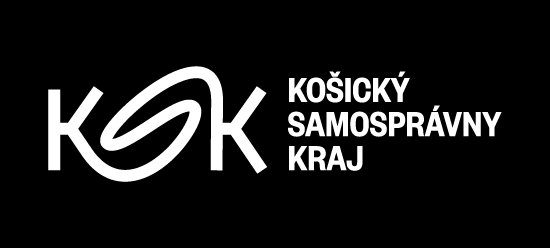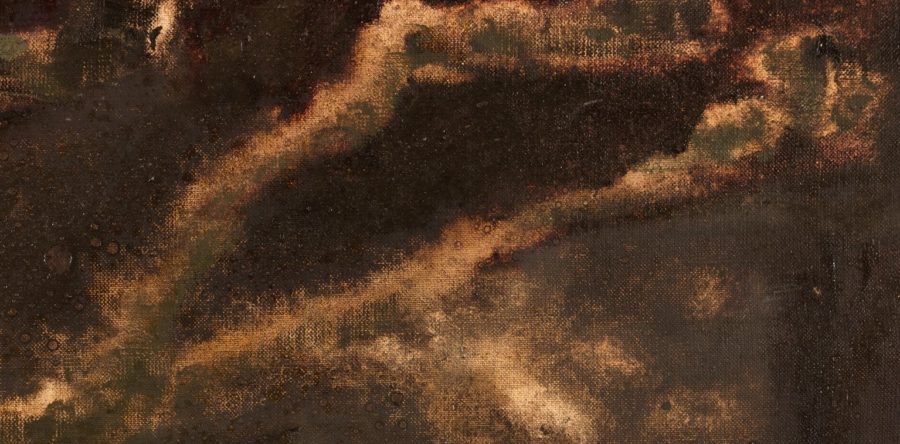opening: 4. 5. 2016, 6 p.m.
duration: 5 May 2016 - 3 June 2016
curator: Beata Jablonská
East Slovak Gallery, Hlavná 27
Rastislav Podoba's paintings (1975) have been an important chapter in contemporary Slovak painting for more than a decade. She is one of the few who do not see its relevance by adapting to the language of digital media, but rather the opposite. They look for paintings in their own peculiarity, trying to cultivate it as a unique and inimitable quality. In addition, Rastislav Podoba focuses on landscape painting, which is considered by the exhausted genre of modern art history of the 20th century, so the role of the advocate is all the more watched. The fact that he has been doing this topic concentrically and continuously since graduating from university in 2002. It is not only a mental and emotional space for him, in which he verifies the aforementioned validity of painting in today's world of art, but he is also a necessary seismograph of his thinking, kumsh, emotion and emotions. At the same time, this until recently forgotten space gave him a unique opportunity to find his own authorial expression, which is based on a painter's handwriting, stretching from a distinctive brush and color paste to his disappearance in the purity of white canvas. The form of the painting's uniqueness lies in its ability to improvise, based on artistic intellect, knowledge of skills, each time serving freedom, guarded only by the theme, motif, or story of the painting. In this way, he brings the landscape closer to painting, not only in terms of its imitation, but by grasping what is behind the image of the seen, that is, the essence and its transcendence.
Rastislav Podoba has never presented a solo exhibition in eastern Slovakia so far, so the exhibition in the East Slovak Gallery is his first. It will consist of a selection of paintings from the last period, presented in several major painting cycles such as the Encyclopedia, the Poor Region, Observation, and others. They are proof that the footprint of the landscape can become a footprint of painting, and at the same time each one is himself and at the same time lost in each other.



